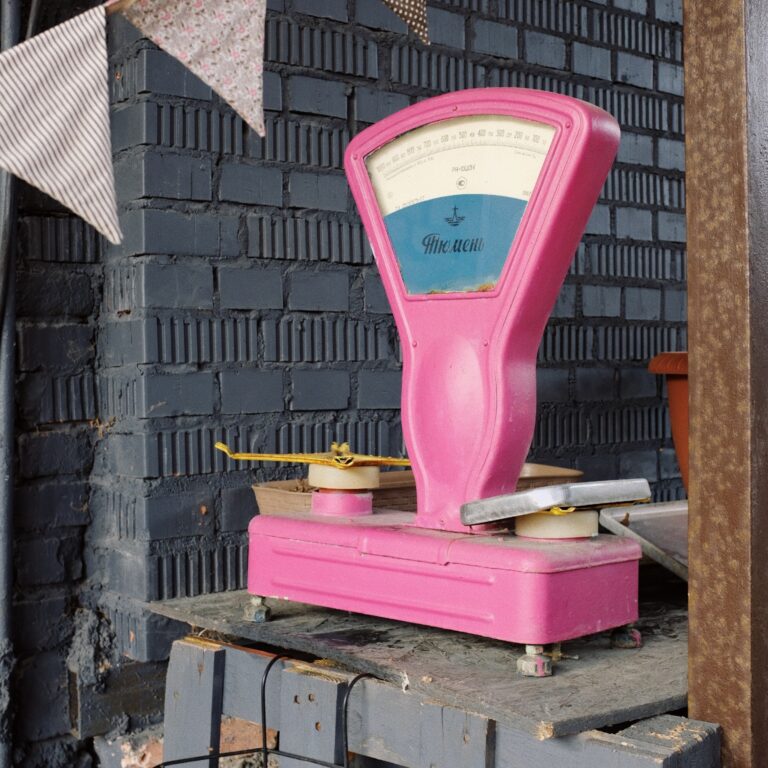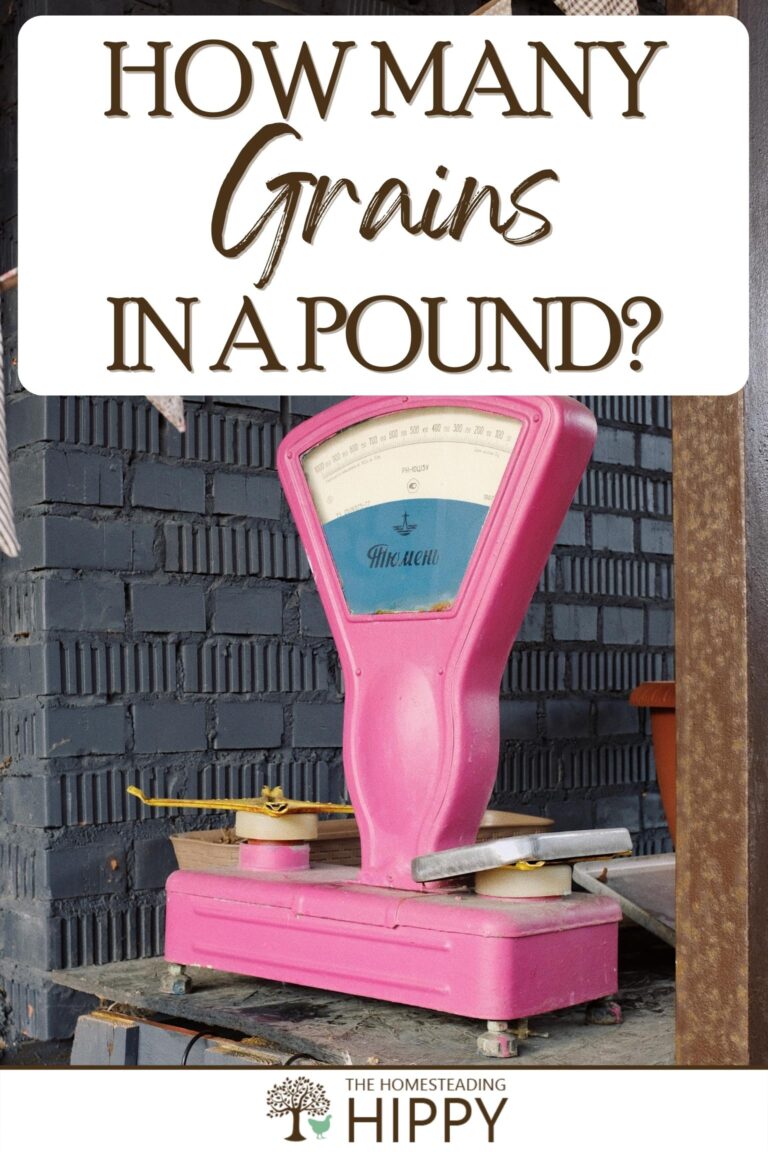The grain has been a unit of measurement for centuries, and its history can be traced back to the Bronze Age, at least.

Seldom used in daily affairs today, probably the only place you have seen this archaic unit of measurement used is in the weighing of bullets and arrows.
How can we put the measure of a grain into a context that is easier to understand? Perhaps by asking how many grains are in a pound?
There are 7,000 grains in a pound (grain being a unit of measurement in this case).
The grain was a foundational element in the traditional English systems of weights and is still used today as a unit of measurement for many different things, including precious stones, propellants, water hardness factors, and much more.
The grain as a unit of measurement is definitely obsolescent, but not totally obsolete. In fact, it is the right unit for weighing all sorts of things in “Imperial” where precision is required.
In the rest of this article, we will discuss the history and uses of the grain unit of measurement!
Where Did the Grain Originate?
The term “grain” originated from an ancient unit of measurement used in the Middle East to describe the weight of individual seeds, such as those found in wheat, barley, and other common grains.
This system likely developed as early farmers began to keep track of their harvests and measure how much grain they had available for consumption or trade.
It naturally followed that merchants would use the same unit to expedite their dealings.
The popularity of the grain unit of measurement eventually spread across much of the world from the Mediterranean, and it continues to be fairly common in use today, particularly in economic and agricultural contexts.
When dealing with bulk amounts of tiny, individual products, or just measuring out a precise amount, the grain has long been a reliable standard for ages.
However, using “grain,” the unit of measurement, to measure the weight of grain, as in seeds and cereals, is not always the most reliable or accurate method.
This is due to the fact that grains are naturally very prone to absorbing moisture from the air and from their surroundings, increasing their mass and often their size.
This makes it difficult to accurately measure how much actual grain someone has used “grains”, as you could count on throwing off their weight or volume measurements.
Even when comparing like grain to like grain, it suffers somewhat because of different storage conditions, spoiling an accurate exchange or comparison of material.
Thus, while grain may be a useful unit of measurement for some applications, it is only because it has been assigned a standard value by much of humanity!
When Accuracy and Minute Fractions Count, Use Grains
Grains are the ideal unit for measuring items and outcomes that depend on highly precise calculations. This is because grains provide a level of precision that is unmatched by any other unit of English measurement.
For example, when determining the amount of propellant charge needed in a missile or other projectile weapon, grains can be used to ensure that the right amount of force is applied at just the right moment.
Similarly, when referencing bullet weights and arrow weights, grains provide a degree of accuracy that simply isn’t available with other small units of measure like grams or even carats.
For applications like this, even the tiniest variations in weight can have a major impact on the trajectory and subsequent effectiveness, so grains allow for maximum consistency, and allow us to repeatedly get closer to an optimal solution every time.
Ultimately, this makes grains an invaluable measure for calculating all sorts of things in the science and engineering sectors.
Practical Applications for You, Today
Even if you aren’t a jeweler or trader of grain today, you can still use grains in several practical ways. You might even find you prefer them to other units of measure in some circumstances!
For instance, if you are a shooter who casts your own lead bullets, you will need to measure the weights of your raw lead or materials very accurately.
Since you know how many grains are in a pound, once you know the weight (in grains) of your chosen projectile you can accurately estimate the yield from metal stock by multiplying the weight of the stock (in pounds) by 7,000 and then dividing the result by the weight of your projectile to see how many you can make.
Similarly, the same goes for measuring gunpowder charges, as much of the time you must be able to calculate them down to the smallest fractions for safety and good performance.
You can weigh your powder to the closest pound, multiply the pounds by 7,000, then divide that figure by the weight of your charge to determine how many complete cartridges (or shots) you’ll be able to make.
Here, grains provide an excellent way to get highly consistent results that are also very precise.
You can also use grains as a convenient fraction when calculating small additions to all kinds of formulas and recipes when mass producing food or other products.
Because they work pretty tidily with the pound as a unit of weight, they are generally more convenient than volumetric measures like tablespoons, teaspoons, and fractions thereof.
The Grain is a Small Thing but Still Useful
Grains provide a level of precision that is unmatched by any other unit of English measurement. This makes them an invaluable measure for all sorts of things when accuracy is a must.
Additionally, grains can be used today as a practical fraction when calculating multiples of small items or additions during mass production.
While they may seem like a small thing, and they are, the grain is still a useful unit that can be employed in many different ways.

Tom has built and remodeled homes, generated his own electricity, grown his own food and more, all in quest of remaining as independent of society as possible. Now he shares his experiences and hard-earned lessons with readers around the country.
Find out more about the team here.
